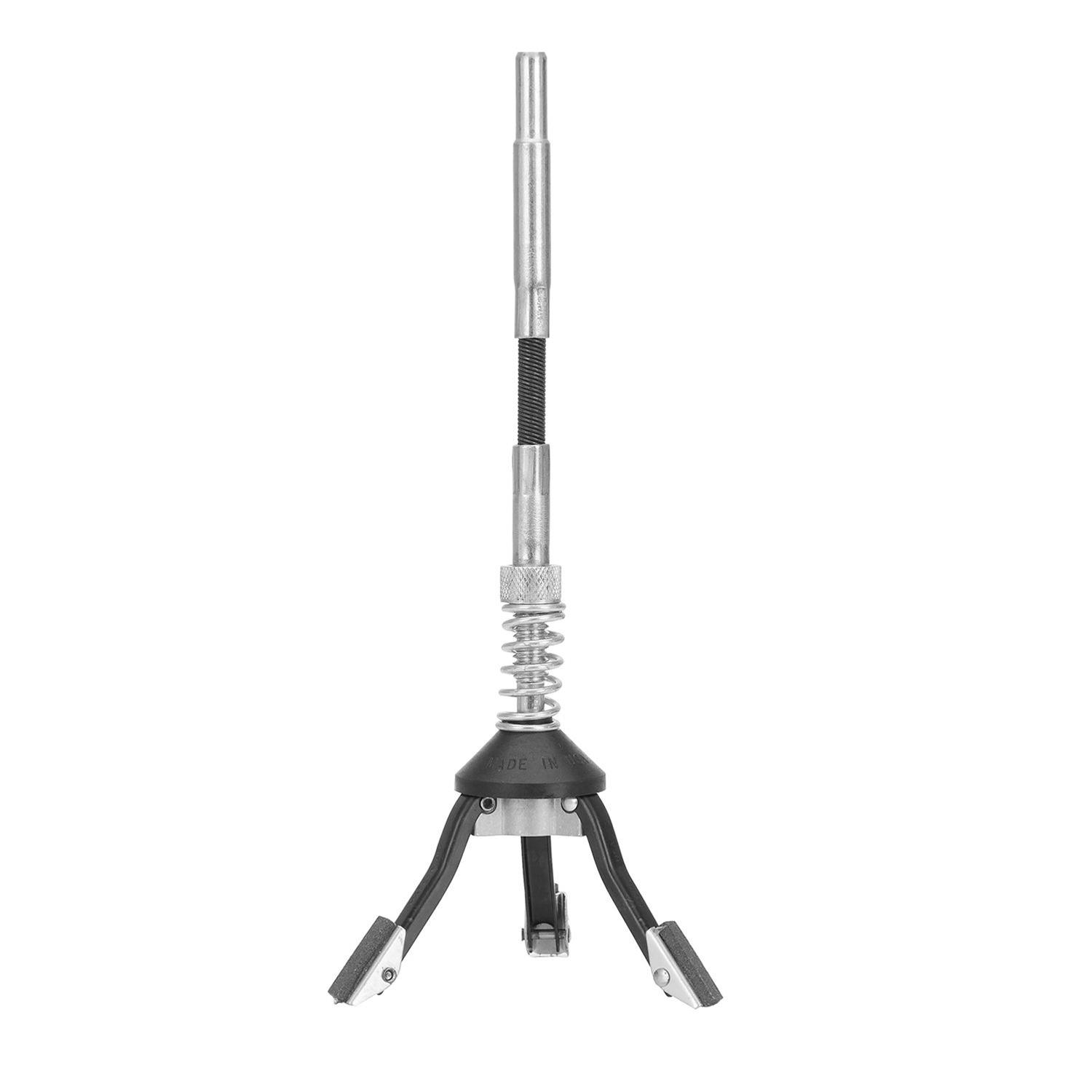JHZR2
Staff member
I have a bushing press that works well, but it holds onto the metal/rubber bushing ends too well when installing.

Once installed it’s impossible to get them off without beating, which has collateral damage.

The tool has end cups that are perfectly sized for the bushing.

Almost a little too perfect…
So what’s the way to remove the slightest bit of material from the ID of the tool, so it releases easier from the bushing?
The thing is it needs to very consistently and regularly removed, no high and low spots or whatnot.
So how would I best remove the slightest amount of material in an extremely consistent way around the ID of the tool so that we can ensure that’s going to release easier.
I was thinking just sanding it, but I fear I’d take more off on one side.
Any recommendations?
Once installed it’s impossible to get them off without beating, which has collateral damage.
The tool has end cups that are perfectly sized for the bushing.
Almost a little too perfect…
So what’s the way to remove the slightest bit of material from the ID of the tool, so it releases easier from the bushing?
The thing is it needs to very consistently and regularly removed, no high and low spots or whatnot.
So how would I best remove the slightest amount of material in an extremely consistent way around the ID of the tool so that we can ensure that’s going to release easier.
I was thinking just sanding it, but I fear I’d take more off on one side.
Any recommendations?
Last edited:

